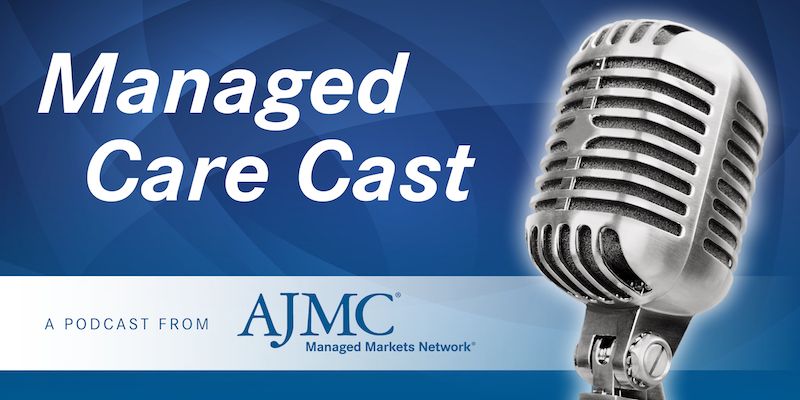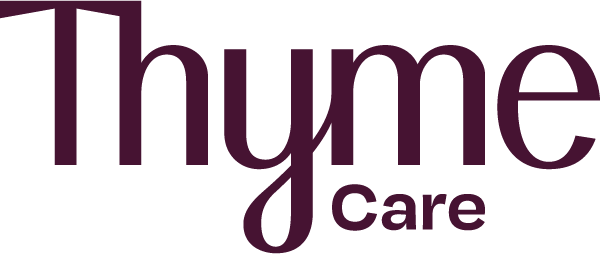Article
Before Paying for Hospital-at-Home Programs, Clinical and Policy Issues Need to Be Addressed
Author(s):
In a new commentary in JAMA Internal Medicine, authors highlighted the results of the hospital-at-home (HaH) program at Mount Sinai Health System that resulted in the Physician-Focused Payment Model Technical Advisory Committee recommending full implementation of the bundled HaH program, as well as clinical and policy issues raised by the program.
As part of national efforts to reform care through new payment models, the Physician-Focused Payment Model Technical Advisory Committee (PTAC) unanimously recommended a payment model for a hospital-at-home (HaH) program bundled with 30 days of postacute care.
In a new commentary in JAMA Internal Medicine, authors highlighted the results of the HaH program at Mount Sinai Health System that resulted in PTAC recommending full implementation of the bundled HaH program, as well as clinical and policy issues raised by the program.
Read more about the Mount Sinai HaH model.
The authors noted that the Mount Sinai HaH program had positive outcomes that mirrored previous studies on HaH, such as reduced average length of stay and improved patient satisfaction, but the Mount Sinai program also demonstrated lower readmission rates.
The bundled payment model proposed to PTAC, called HaH-Plus, “steps outside of the traditional ACO [accountable care organization] and bundled payment paradigms by fundamentally reimagining the definition of acute hospital care and payment,” the authors explain. Paired with technological advancements, the HaH-Plus model could have “far-reaching implications for care delivery.”
However, there are not currently any existing standards and requirements for HaH programs, but if there is a payment model that incentivizes shifting patients to the home, these standards and requirements would need to be developed. In addition, the bundled payment would need to account for potential unintended consequences, such as inappropriate conversion of outpatient encounters to HaH episodes.
The authors also wrote that the HaH bundled payment would need to be coordinated with other programs. One suggestion is to implement HaH-Plus within existing ACOs first, but the aspects of such an implementation are unclear.
“Given these considerations, a rigorous test of the HaH-Plus payment model in select conditions seems more appropriate than the wide-scale implementation recommended by the PTAC after its review of the Mount Sinai proposal,” the authors concluded.
Reference
Liao JM, Navathe A, Press MJ. Hospital-at-home care programs—is the hospital of the future at home? JAMA Intern Med. 2018;178(8):1040-1041. doi:10.1001/jamainternmed.2018.2566.





